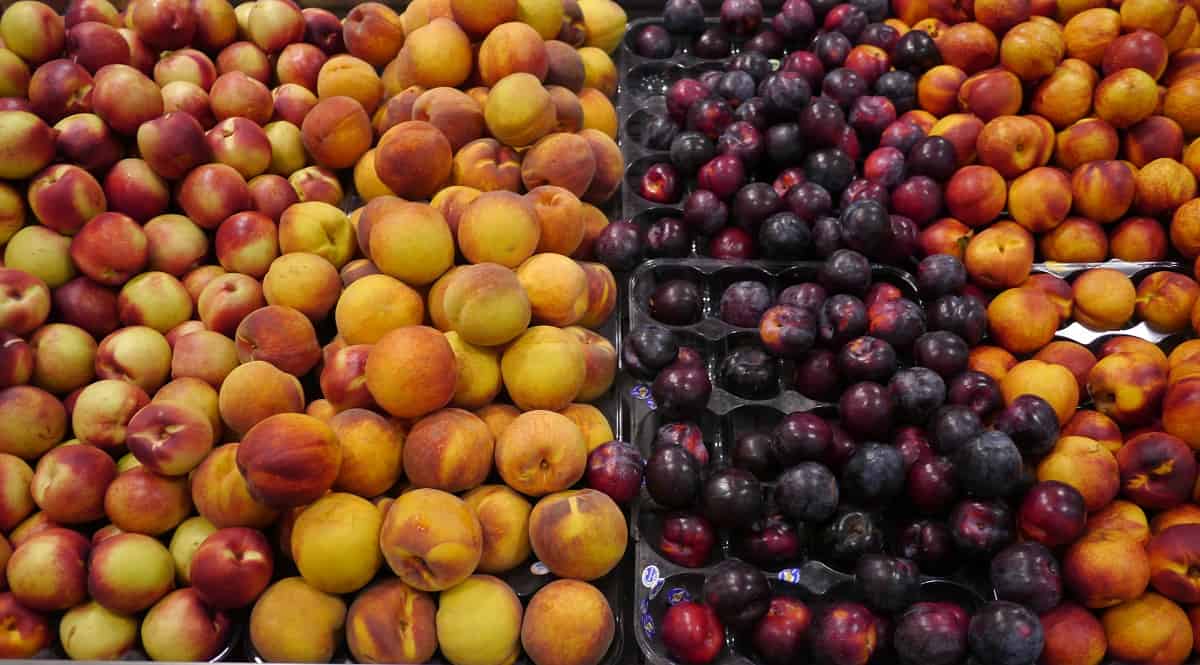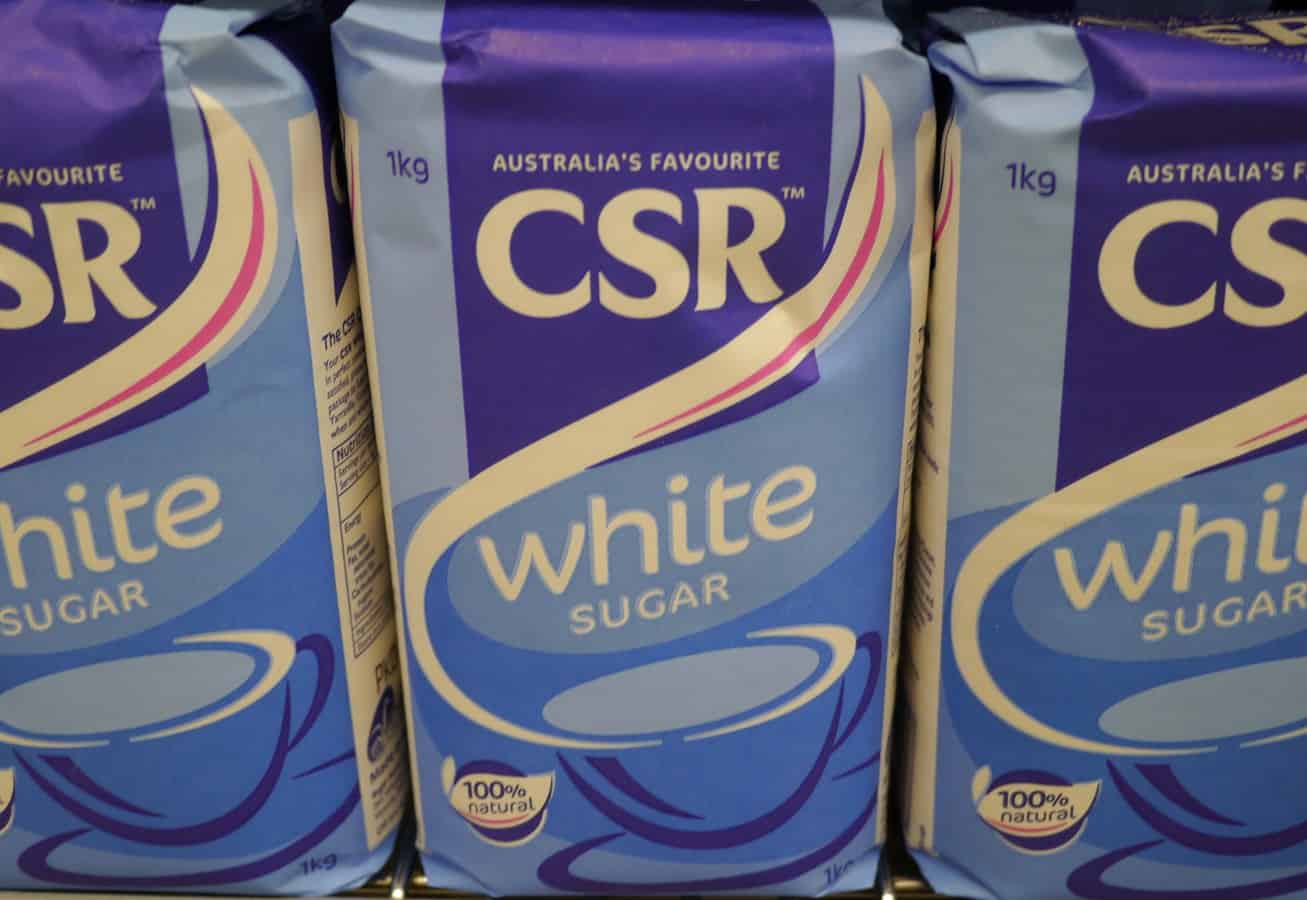What I Learned from Quitting Sugar
At the end of last year, I decided to try quitting sugar. For a while I’d been noticing articles popping up in the media about the negative health impacts of sugar. I looked into it a little more: I read David Gillespie’s book Sweet Poison and also I Quit Sugar by Sarah Wilson. I had long conversations with my next-door neighbour about the book Primal Body Primal Mind by Nora Gedgaudas (which I attempted to read myself, but couldn’t motivate myself past the introduction – it’s a dry read). I decided to jump on the sugar-quitting bandwagon, and try it out myself.
The Science-y Bit
If you’ve missed the “sugar-is-actually-really-bad-for-you” frenzy, let me briefly explain. The word “sugar” actually refers to a number of different compounds characterised by a sweet taste. Simple sugars include glucose and fructose. Table sugar (sucrose) is actually a double sugar made from fructose and glucose. Carbohydrates are complex sugars that can be broken down by the body into glucose.
Our body needs sugar (namely glucose) to function. But it doesn’t need the immense quantities that most people eat every day. Almost all packet foods have added sugar, even the “healthy” ones like muesli bars and granola. Those low-fat options that we were told were better for us? All have far more sugar than the standard versions. Sauces and condiments are also often packed with extra sugar. It’s everywhere.
After the low-fat revolution of the 1980s led to higher rates of obesity and diabetes, researchers discovered that fat wasn’t making us fat. The culprit is sugar. The American Heart Association recommend only 6 teaspoons a day for women and 9 teaspoons for men (one teaspoon is a little under 5 grams). It is estimated that the average American consumes more than 42 teaspoons of sugar every day!
The sugar that’s receiving all the bad press is fructose. It’s the sugar found in fruit, and also in table sugar and honey (which is usually around 50% fructose). Our bodies don’t respond to fructose in the same way as with other sugars. Whilst eating glucose or carbohydrates causes a hormonal response that makes us feel full, fructose doesn’t work in this way. Not having an off-switch means we’re far more likely to over-indulge. And when we have more fructose in our bodies than our liver can break down, our bodies convert it into fat.
It’s not just about weight-gain, either. Research has suggested that fructose is linked to the development of a number of cancers including pancreatic and small intestine cancers, it inhibits our immune system, causes inflammation, it speeds up aging, it impacts our digestive system, and many more.
All of this is pretty scary stuff. If that wasn’t enough to convince me to give it a try, the promises of feeling clearer mentally, of having more energy, of not succumbing to sugar cravings (and accidentally eating an entire chocolate bar when I only meant to eat two squares) definitely were.
Quitting Sugar
What I didn’t Eat
In order to quit sugar, there’s a surprising number of things to avoid:
- There’s the obvious added sugar of course, which means avoiding most packaged foods. As I don’t eat packaged food anyways, this wasn’t a problem for me. If you do eat anything from a packet or jar, check the label – the amounts of sugar might shock you!
- All of the “natural” sugars, like honey, maple syrup and molasses are still sugar, so they were crossed off too.
- All fruit, including dried fruit…and this includes tomatoes and sun-dried tomatoes. Remember how in school we were always taught that they were a fruit? Well, it applies now. Have you ever seen how much sugar sun-dried tomatoes contain? No wonder they are so tasty!
- Sweet vegetables, including sweet potatoes, beetroot and carrots, which all contain fructose.
What I Did Eat
So what was left?
- Proteins such as fish and eggs. I don’t eat meat, and I don’t eat a lot of fish, so this meant eating a lot of eggs.
- Nuts, seeds and legumes.
- Leafy greens and other non-starchy vegetables.
How Did I Find It?
If you’re looking at that list above thinking it all sounds very boring, then I’m going to tell you – it was. It was extremely boring. In I Quit Sugar, Sarah Wilson advocates eating a lot of meat and dairy. I don’t eat either of these, and this severely limited my options. I ate virtually the same meals every day for two weeks – which made me question whether I was missing out on valuable nutrients by cutting out so much.
As to how it made me feel… I didn’t get the amazing clarity of mind that I was expecting. But I didn’t get the sugar cravings that I read I should expect, either. Everything just carried on as before. I don’t really know how much sugar I was eating before, but I guess my body didn’t need the big sugar detox I had expected it would.
Lessons from Quitting Sugar
It was a good experiment, and I’m glad I did it because it made me more mindful of the sugar in my diet. More importantly, it made me realise how much enjoyment I get from food – from cooking, to eating, to sharing with others – and that wasn’t something I was willing to sacrifice. Food is my creative outlet. My experiment coincided with the start of mango season; I realised I didn’t want to be eating omelettes for breakfast when there was so much beautiful fresh produce out there for me to enjoy.
 It is worth recognising that other people’s journeys aren’t the same as our own. David Gillespie, who wrote Sweet Poison, was struggling with obesity when he quit sugar; he was also eating and drinking a lot of processed food. Sarah Wilson has an autoimmune disease called Hashimoto’s, and reducing her sugar intake helps her manage this. Neither of these conditions apply to me, and so I don’t have the same incentives to make quitting sugar a way of life.
It is worth recognising that other people’s journeys aren’t the same as our own. David Gillespie, who wrote Sweet Poison, was struggling with obesity when he quit sugar; he was also eating and drinking a lot of processed food. Sarah Wilson has an autoimmune disease called Hashimoto’s, and reducing her sugar intake helps her manage this. Neither of these conditions apply to me, and so I don’t have the same incentives to make quitting sugar a way of life.
Plenty of bloggers, writers and recipe creators out there talk about quitting sugar, and being sugar free, when what they mean is refined sugar-free. Don’t get confused by the two. Honey, particularly raw honey, is thought to have great health-improving properties, but it is still sugar. Berries, such as blueberries, are extremely high in antioxidants, and are considered superfoods because of their high nutritional content, but they are a fruit, and fruit contains sugar. If you want to enjoy these and many more amazing foods, then do! Just don’t kid yourself that you are eating a completely sugar-free diet.
What works for me is quitting refined sugar. That means I can still eat fruit, and I can still bake, but I choose sugars that have not been highly processed and still retain nutrients. They are more expensive than table sugar – which helps limit the quantities I eat! (I’ll cover unrefined sugars in another blog post.)
If you want more information about sugar, I’d recommend reading both the books I mentioned at the start (I found both of these in my local library). The science behind sugar is really interesting, and I think it’s important that we connect with the food we eat in as many ways as possible.
Have you tried quitting sugar? How did you find it? I’d love to hear your thoughts in the comments below.



